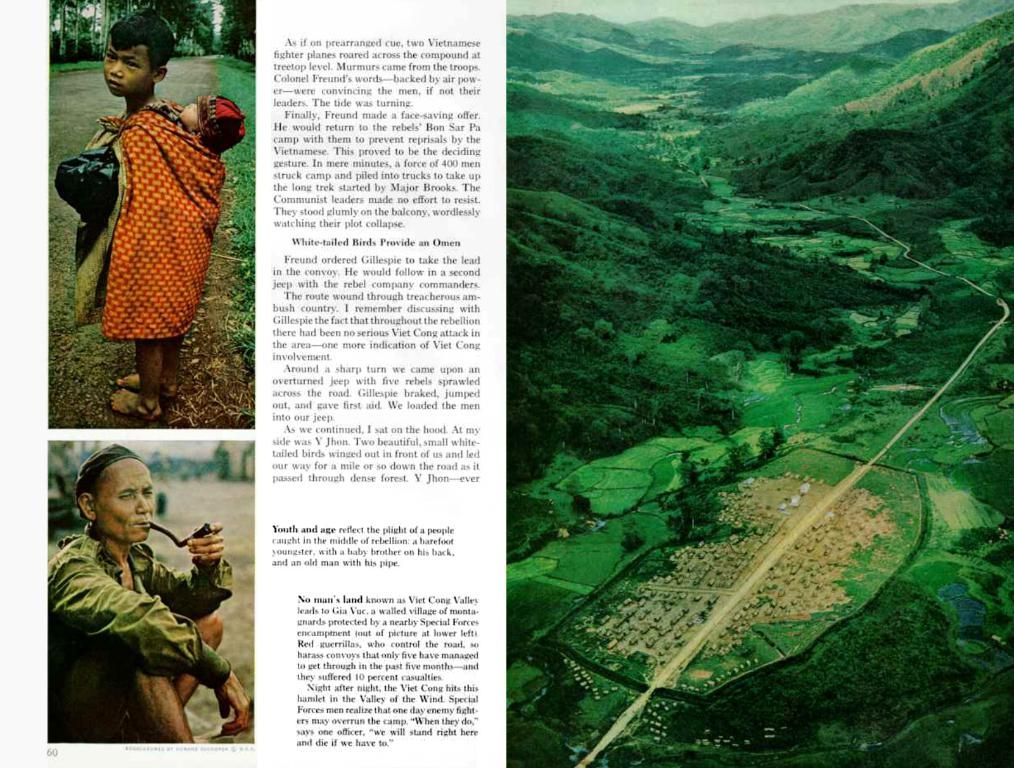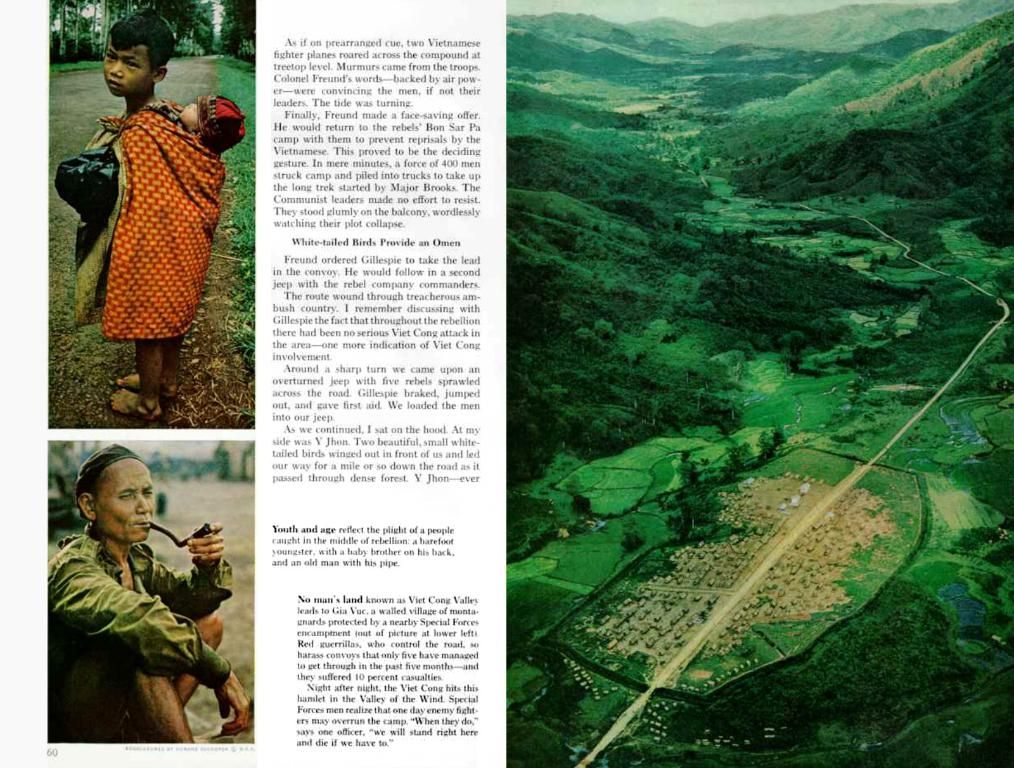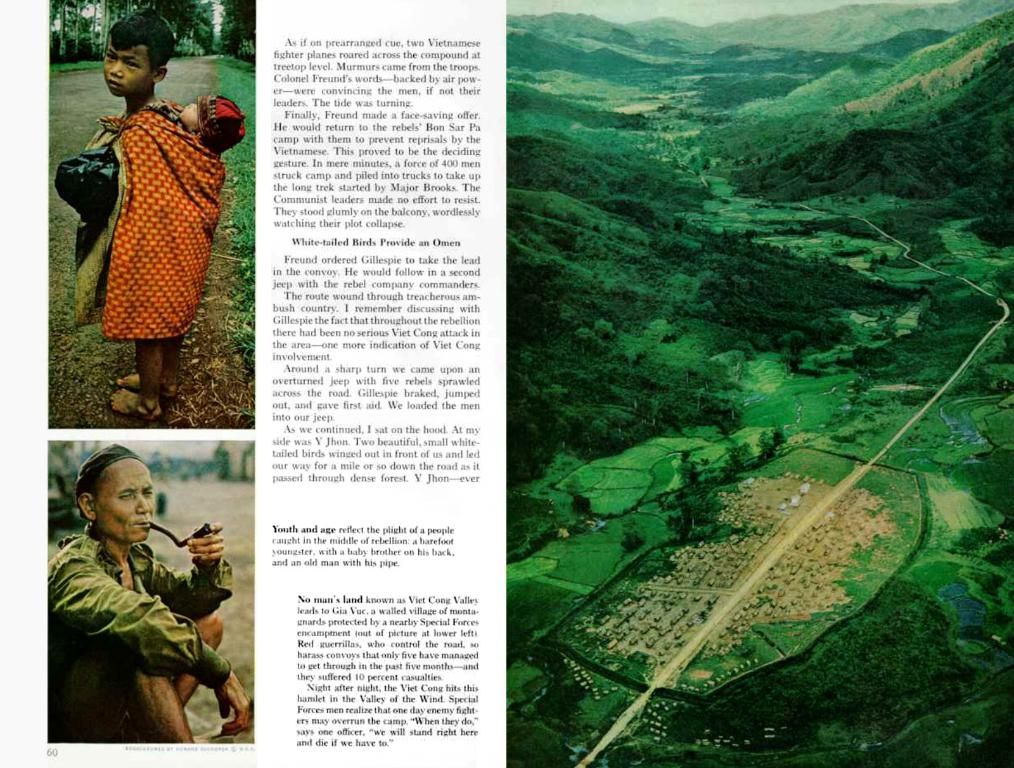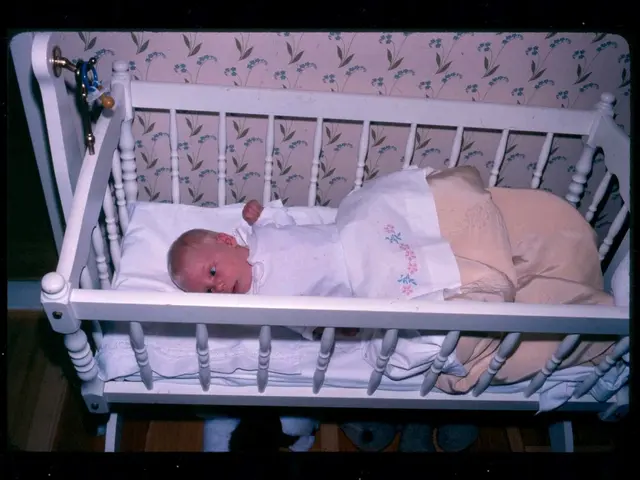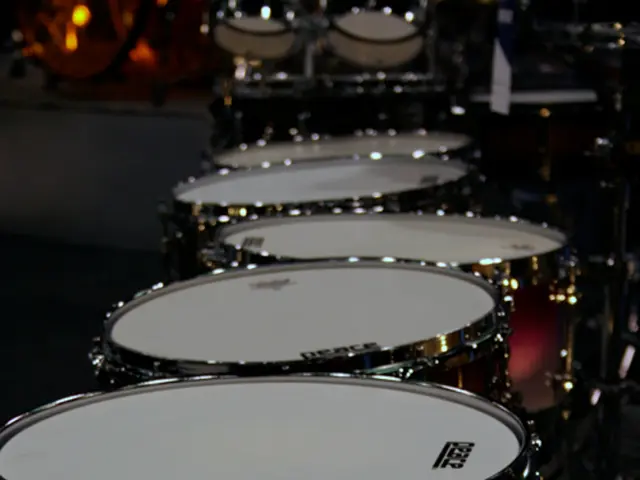Urban Lights Altering the Natural Growth Cycle of Plants, Particularly in European Cities
Urban Vegetation Exhibits Premature Development and Prolonged Growth Periods.
Cities lit up by street lamps, neon signs, and brightly-lit shops at night have significant effects on nature, according to a recent study. This excess artificial lighting delays the end of the natural growth period of plants in autumn by about eleven days on average.
In combination with higher urban temperatures, this artificial light causes the growth period to start approximately 12.5 days earlier than in rural areas. The research team, led by Lin Meng from Vanderbilt University in Nashville, USA, found these results from an international study published in the journal "Nature Cities." Data from 428 cities in the Northern Hemisphere between 2014 and 2020 were analyzed for this study.
City lights predominantly regulate plant growth through light and temperature. Researchers wanted to identify the role of artificial light and the increased heat radiation from concrete, stones, and other building materials in flowering, growth, and leaf shedding.
Earlier Season Start in Europe
Cities with the difference between city and country at the beginning of the growing period exceeding ten days are primarily located in Southeast Asia and North America, as well as on the northwest coast of Europe. Cities with a difference of more than ten days at the end of the growing period are mainly found in South Asia, Europe, or the west of North America. The scientists observed that the season starts earliest in Europe, followed by Asia and then North America, with North American cities having the most lighting.
Artificial Light Extends Growth Time
In spring, researchers found that temperature and lighting contribute almost equally to the earlier flowering of city plants compared to rural plants. However, in autumn, it is primarily artificial light that prolongs the growth period by delaying leaf coloring and shedding.
There are exceptions to this trend. In some European cities with higher temperatures, the researchers discovered shorter growth periods. They attribute these cases to water scarcity. While higher temperatures in summer and early autumn can lead to an extension of the growing period, they can also reduce water availability, causing premature leaf aging and accelerating autumn developments.
Insight Energy Saving Measures and Impact on Plant Growth: Replacing traditional lamps such as sodium vapor lamps with energy-efficient LED (Light-Emitting Diodes) could fundamentally change the influence of artificial light on plant development. However, studies on this topic remain limited[1].
Sustainability Notes European Cities' Green Initiatives: In response to the challenges posed by urbanization and climate change, some European cities like Reggio Emilia and Guimarães are embracing innovative urban designs, integrating green spaces, and enhancing natural cooling to promote resilience in plant growth and combat urban heat islands[2].
Research sources: [1] ntv.de, [2] Stefan Parsch, [3] dpa
Tags Urbanization, Climate Change, Artificial Lighting, Urban Heat Islands, Plant Growth
- The international study published in the journal "Nature Cities" revealed that environmental-science findings show that city lights, particularly in European cities, predominantly regulate plant growth through light and temperature, with science suggesting that artificial light causes the growth period to start approximately 12.5 days earlier than in rural areas.
- In their research, the team led by Lin Meng from Vanderbilt University in Nashville, USA, discovered that climate-change factors, such as higher urban temperatures, combined with artificial light, delay the end of the natural growth period of plants in autumn by about eleven days on average.
- The researchers also found that in healthy-and-wellness terms, the earlier season start in European cities, following from the longer growth periods due to artificial light, could have significant implications for the community policy, as it might affect the timing of various environmental-science related activities, such as planting seasons and harvest times.

